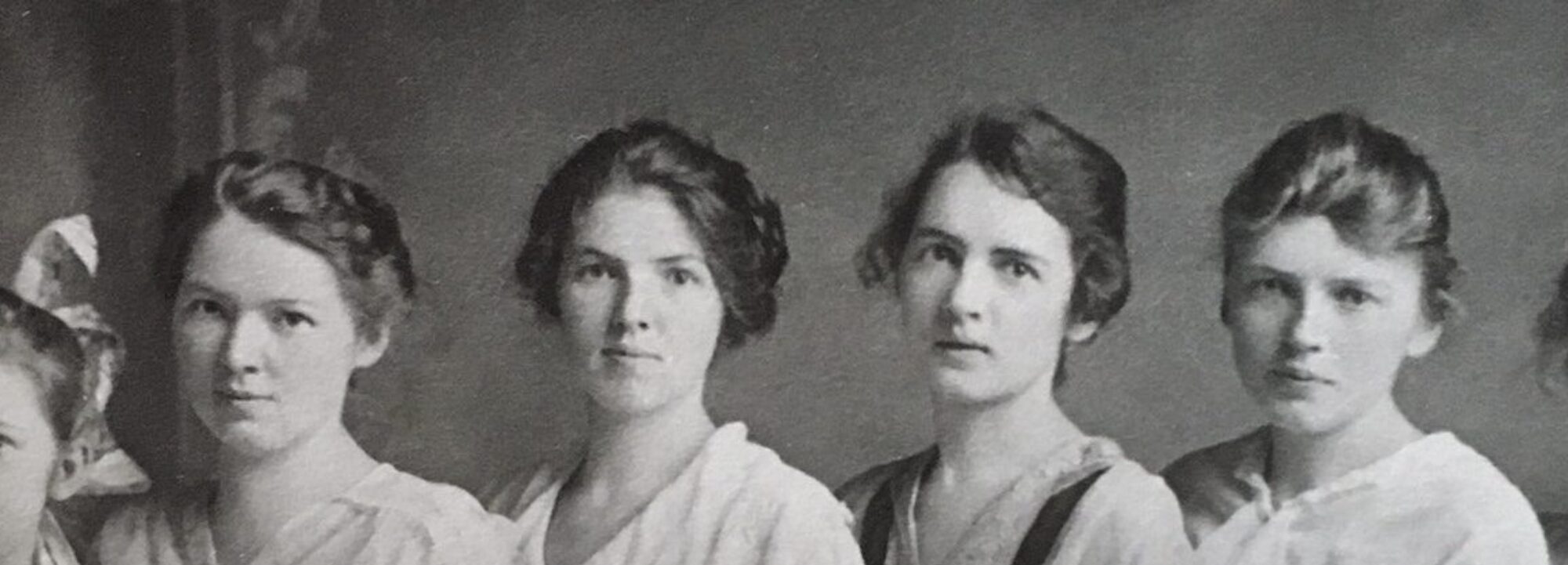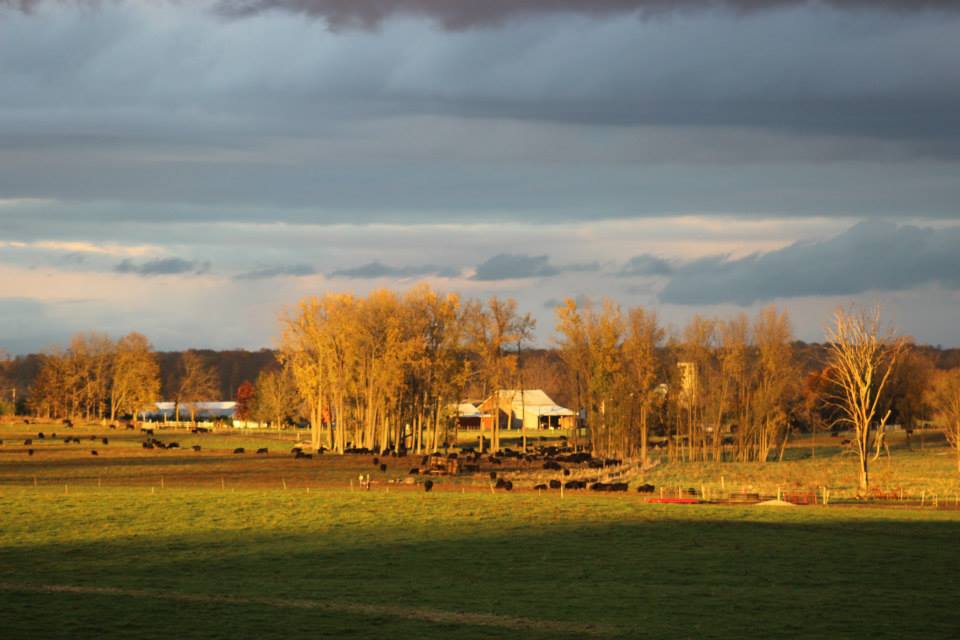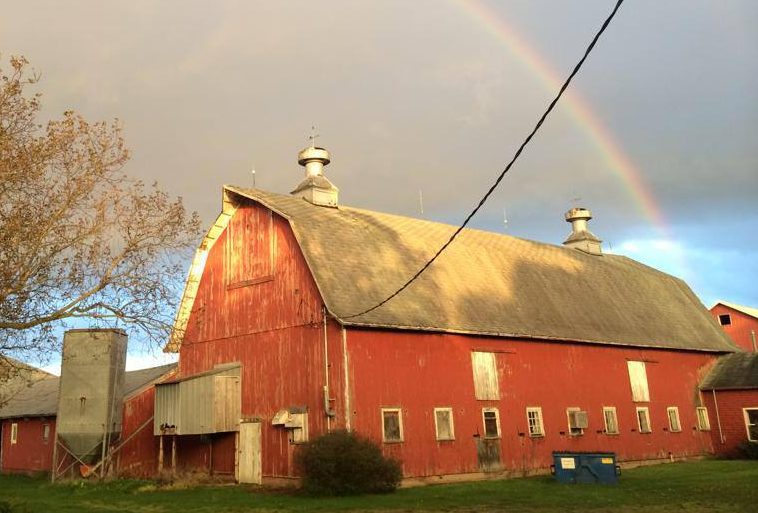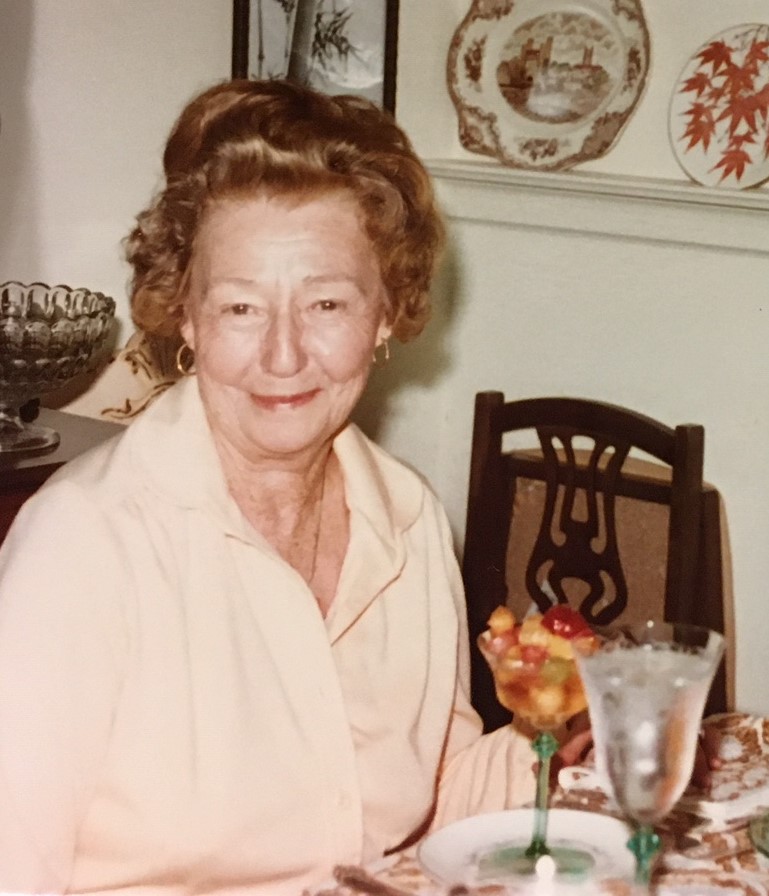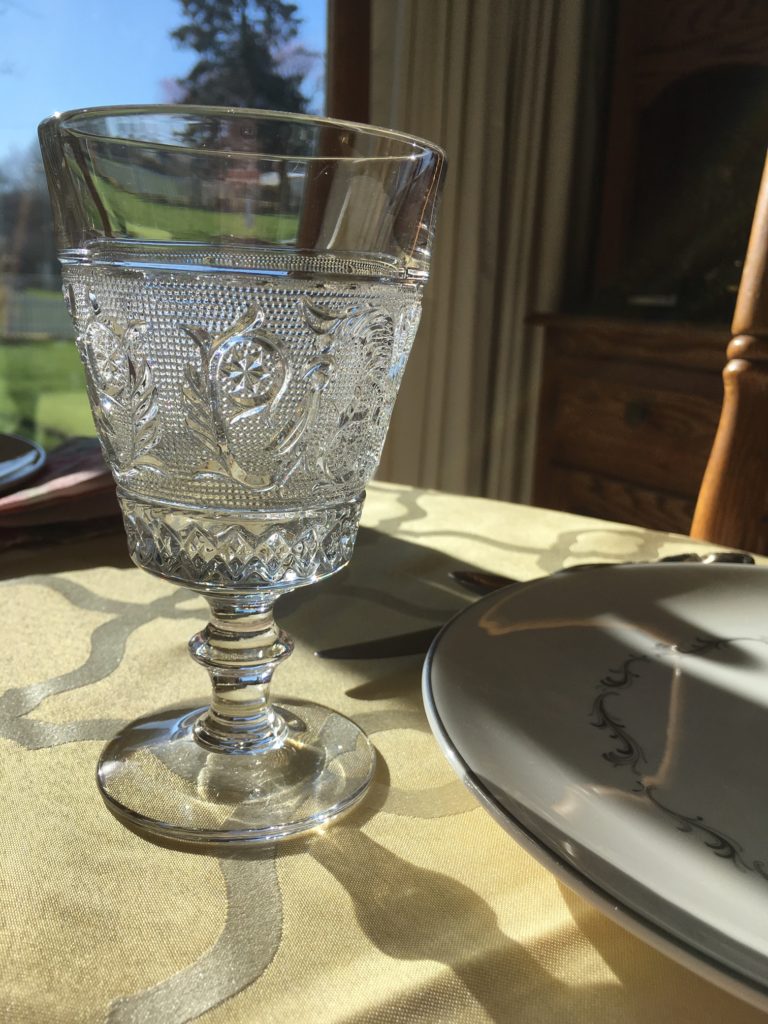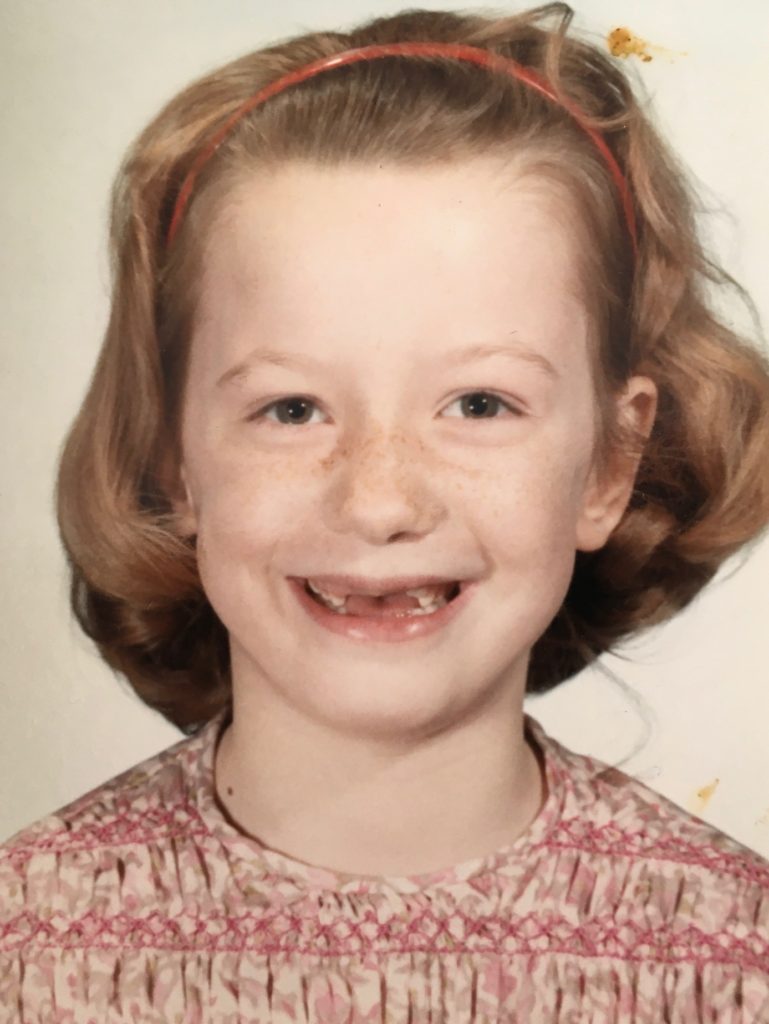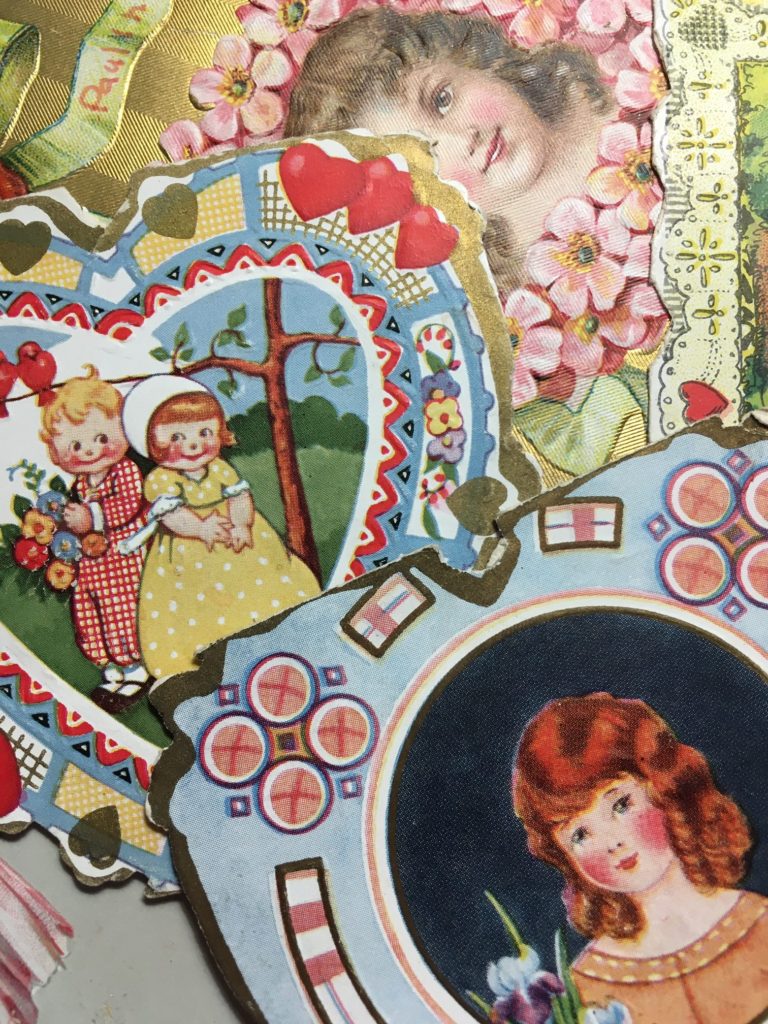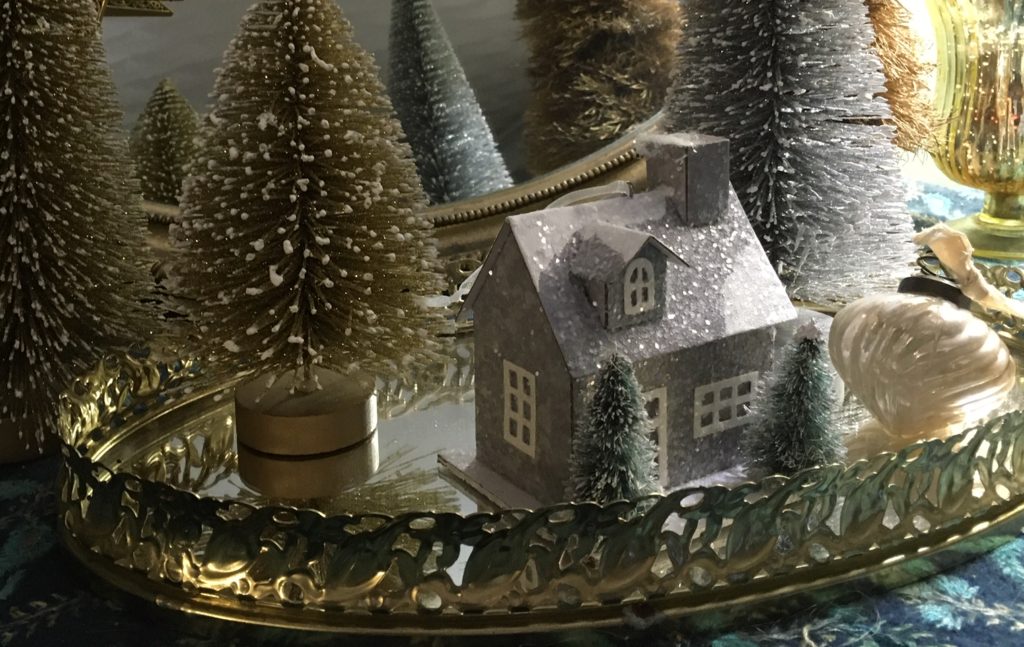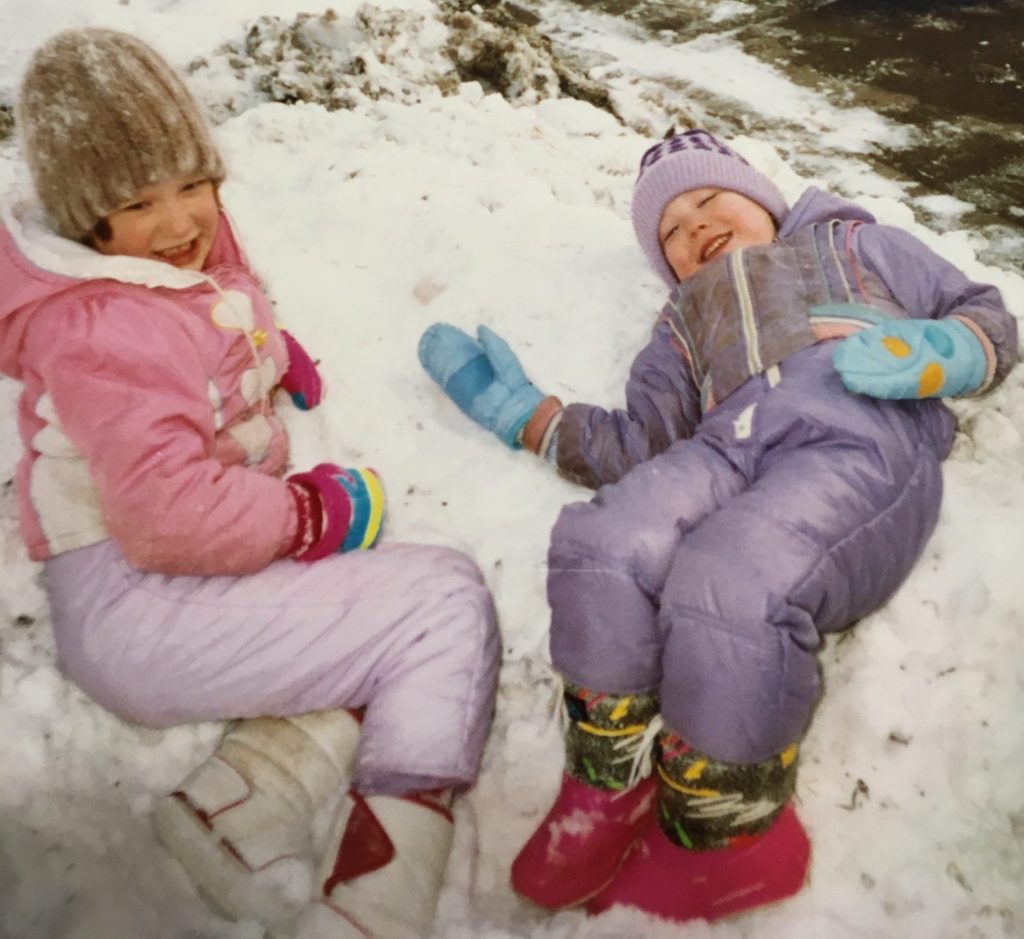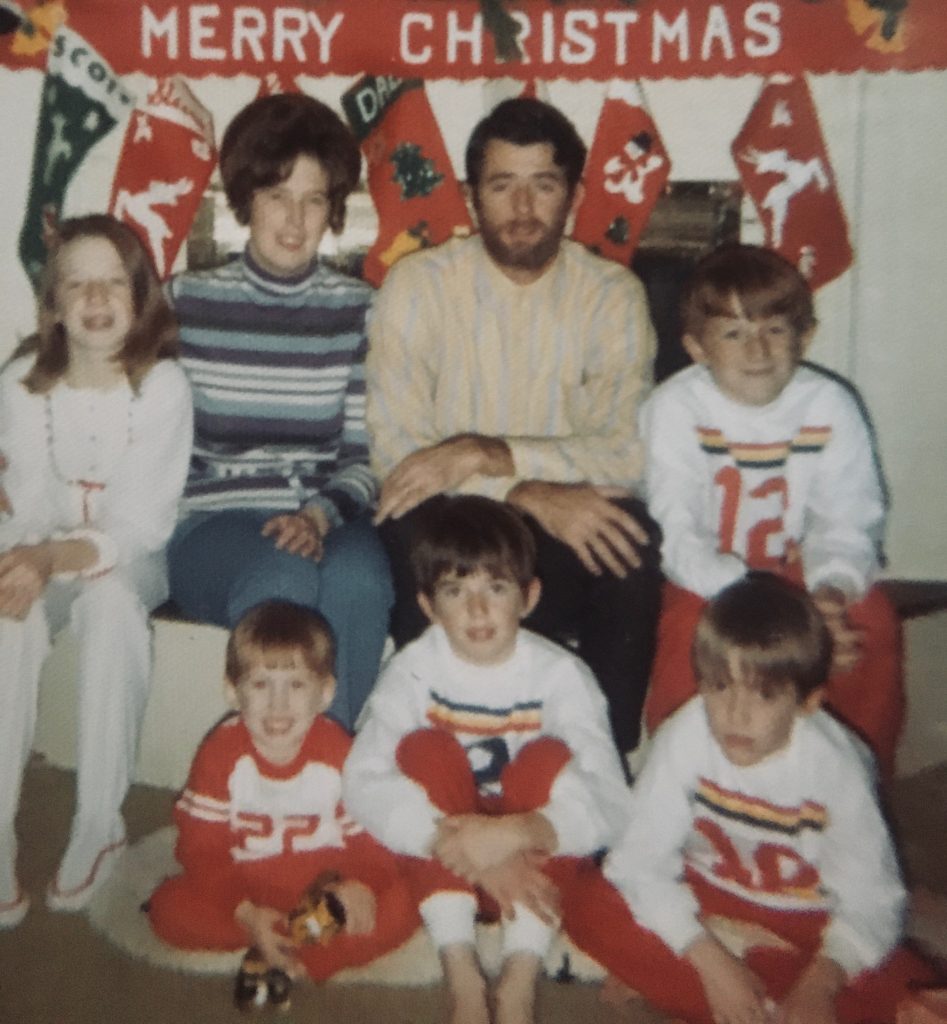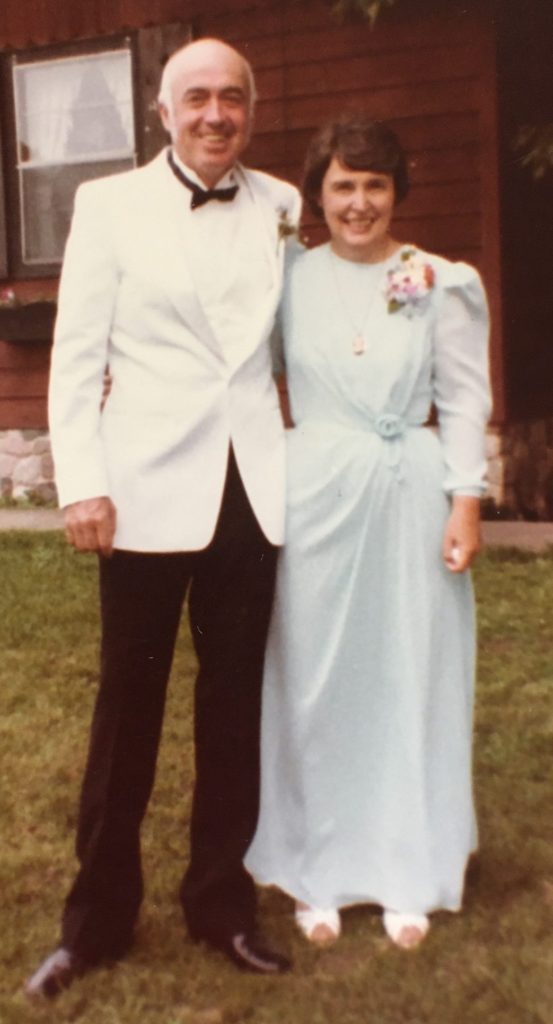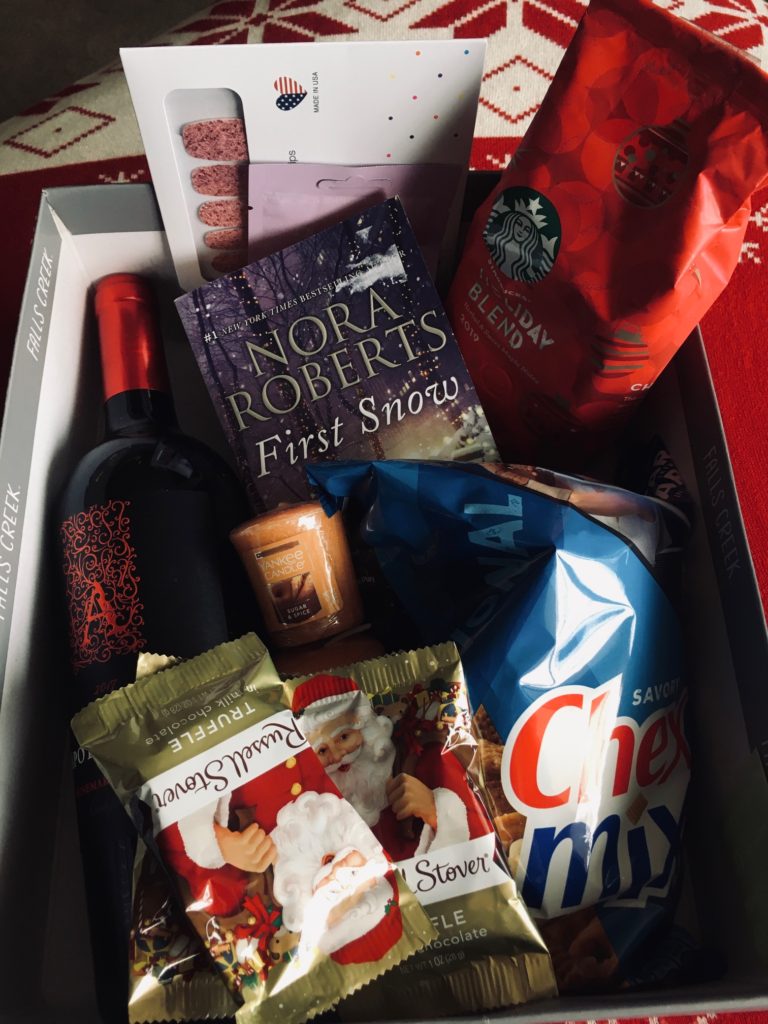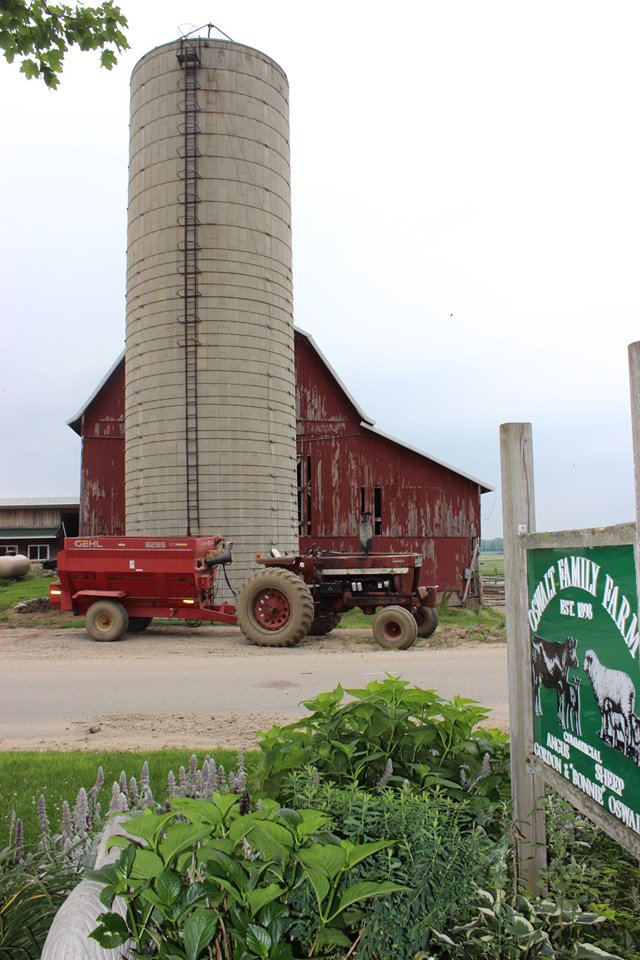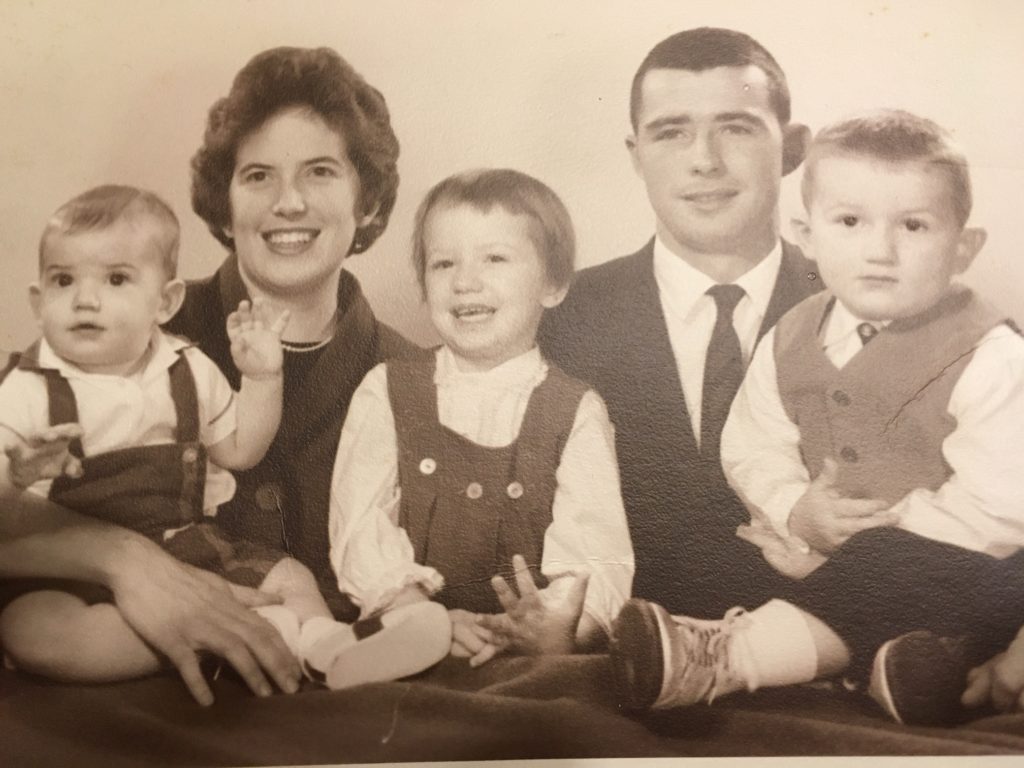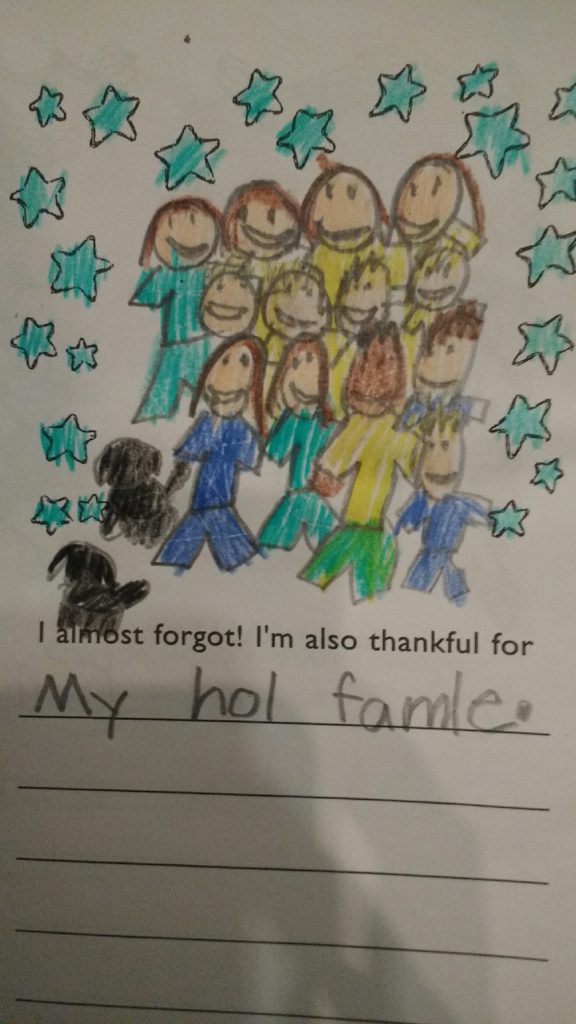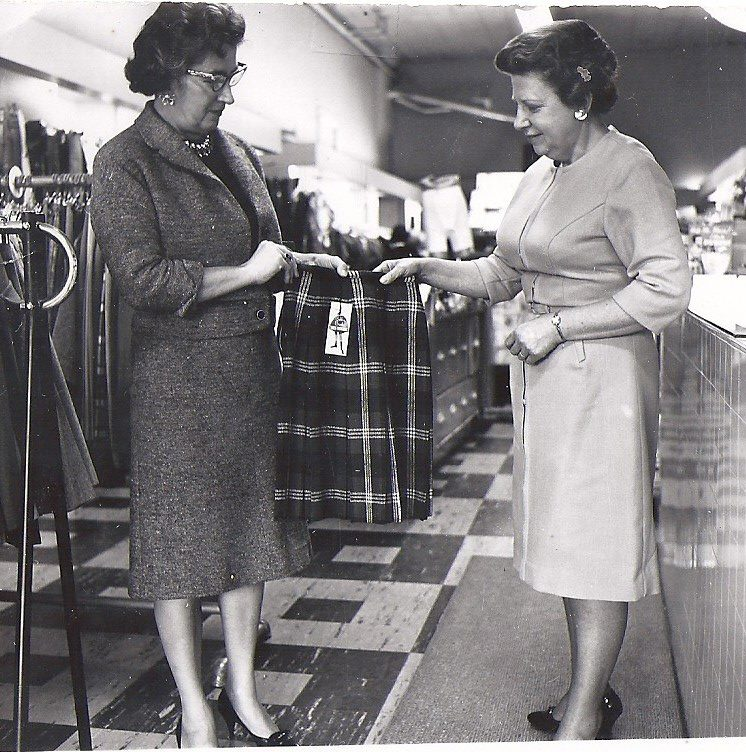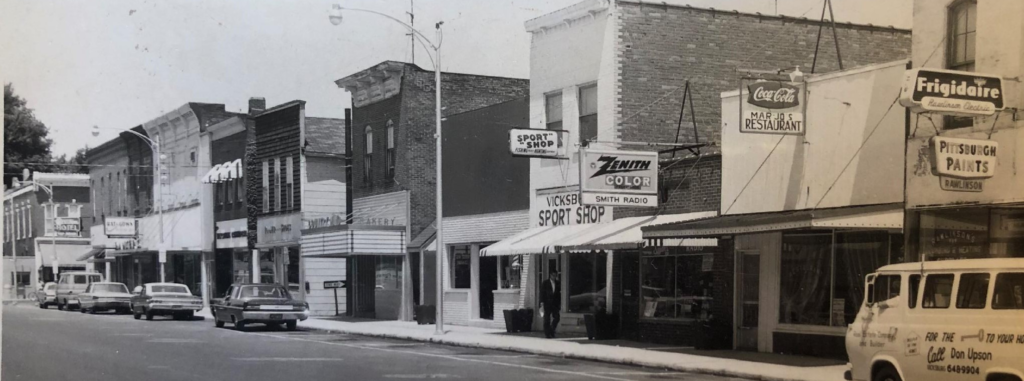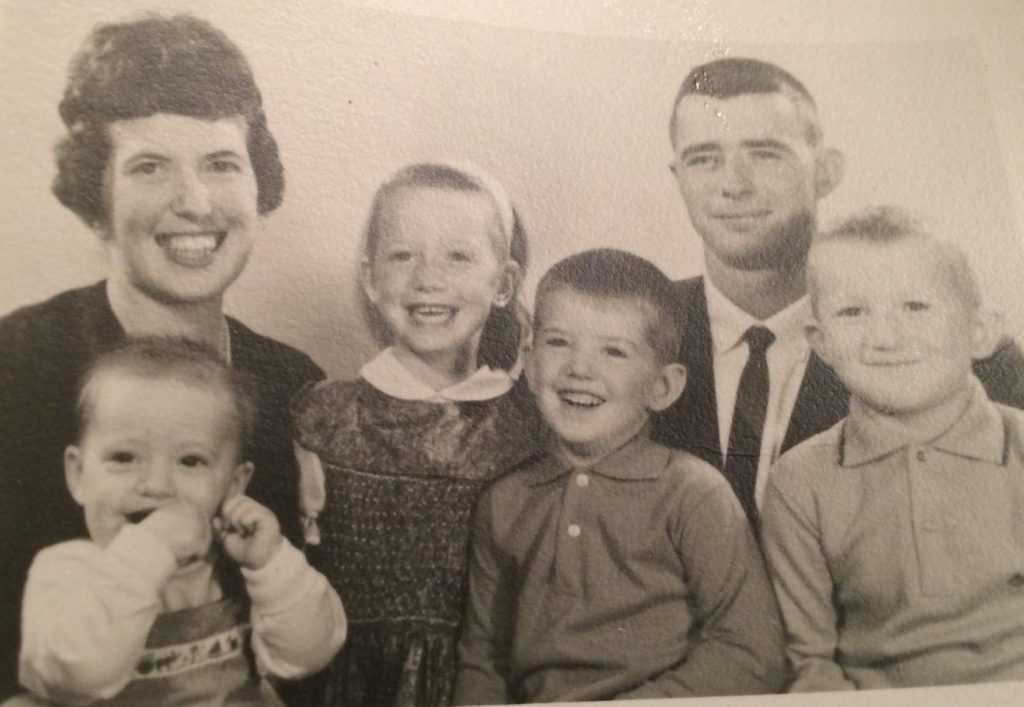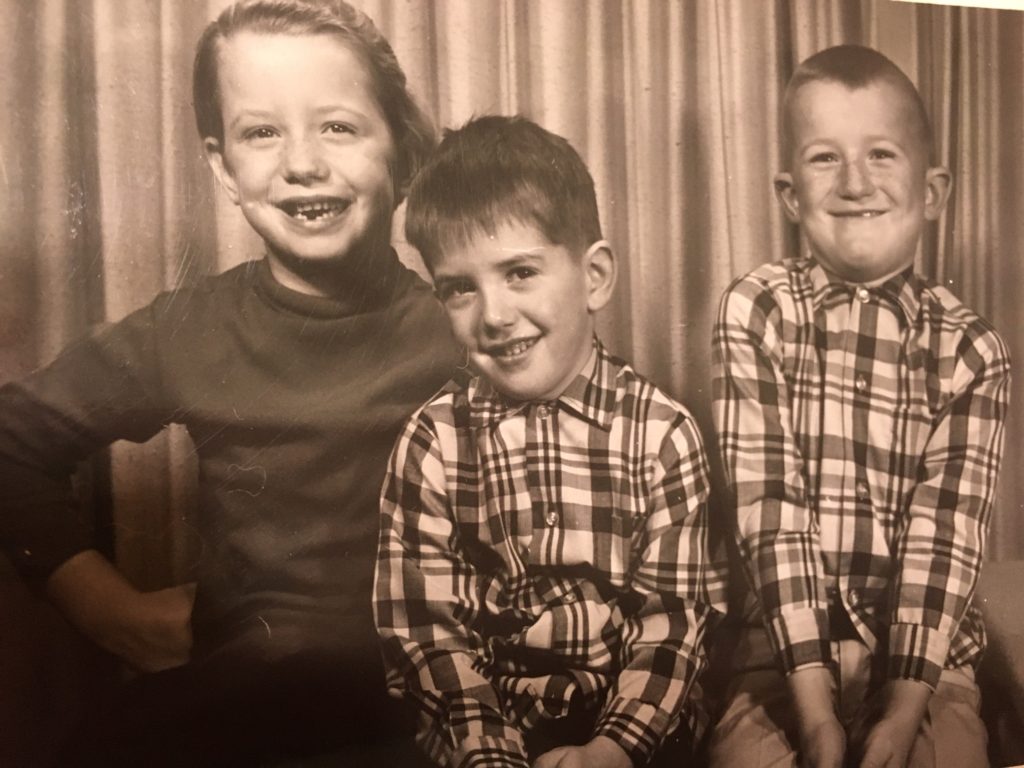(This piece first appeared last year in the South County News.)
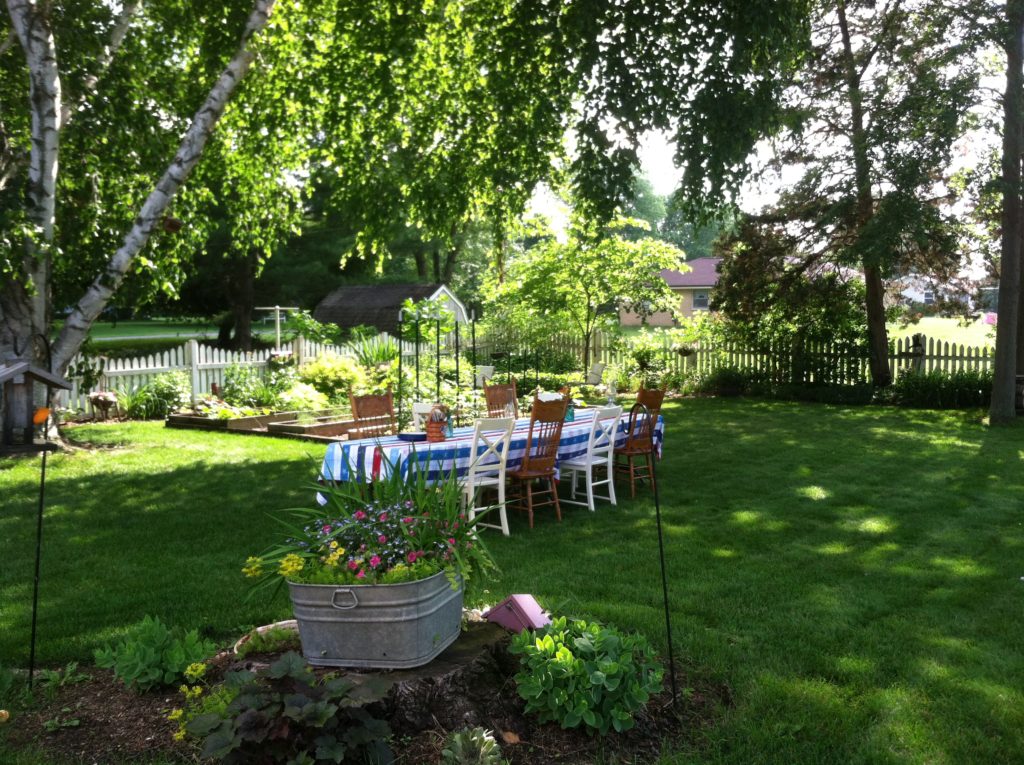
We had an invasion of moles. Plague-like. Of Biblical proportions. As my husband walked the yard last spring, he learned they’ve assaulted the whole neighborhood. Now I’m not talking about a few little raised tunnels. Yes, those are annoying and unsightly, but they are nothing compared to what is generated by this current population. These must be massive moles, I’m talking behemoths, who leave behind fresh six-inch mounds that emerge in clusters.
I imagine their intricate underground roadways and their complex, generational community: big grand-daddies smoke pipes in their fitted velour jackets, flexing their sturdy, pink feet in front of their fragrant moss fires; plump grandmothers squint from behind tiny gold-rimmed glasses, pinching their rose blossom noses, and adjust their tiny acorn lanterns; and children live contentedly several tunnels down, thankful for the plentiful earthworms and grubs that fill their pantries. Most certainly, the grandchildren stop on the way home from school for tea and biscuits. Such bliss and contentment exist beneath our carefully tended yard.
And so my husband began his research, his conferencing, his obsession with evicting these silent intruders. We’ve tried some things, including poison worms in the obvious mole-runs. No luck. We have looked at mole traps: some that look like miniature guillotines and several that have a center spear which pierces the unsuspecting intruder traveling home from a productive day of tunneling. While we are very irritated and frustrated by these pesky mammals, I find these methods too barbaric—and then there is a fat, furry body to deal with…
Eventually a co-worker told my husband about the Sonic Spike, claiming “It’s the best.” Then a neighbor gave testimony to this product. And so began a pilgrimage to the home-improvement store last summer.
According to a twenty-something, gum-snapping clerk, they work. “Yeah, my grandparents tried them at the cottage and they were like gone. For real.” For real? Her smooth pony tail sways as she nods her head in agreement. Her innocence and enthusiasm complete the sale as my husband studies the box. According to the box bylines, this solar-operated mole detractor emits a sound every minute or so which is so offensive to these determined critters that they actually “pull up stakes” and leave the infested yard.
It must rattle their little mole ears. Make them clench their little mole paws. Make them pack their little suitcases full of grubs and worms they have collected and become little transient moles, seeking refuge from such mole-ear-piercing torture.
What would make me leave my home? My neighborhood where we raised our children? I can’t imagine what would be so annoying or terrifying to make me take my family, pack the old minivan and leave. Permanently. Never-to-return.
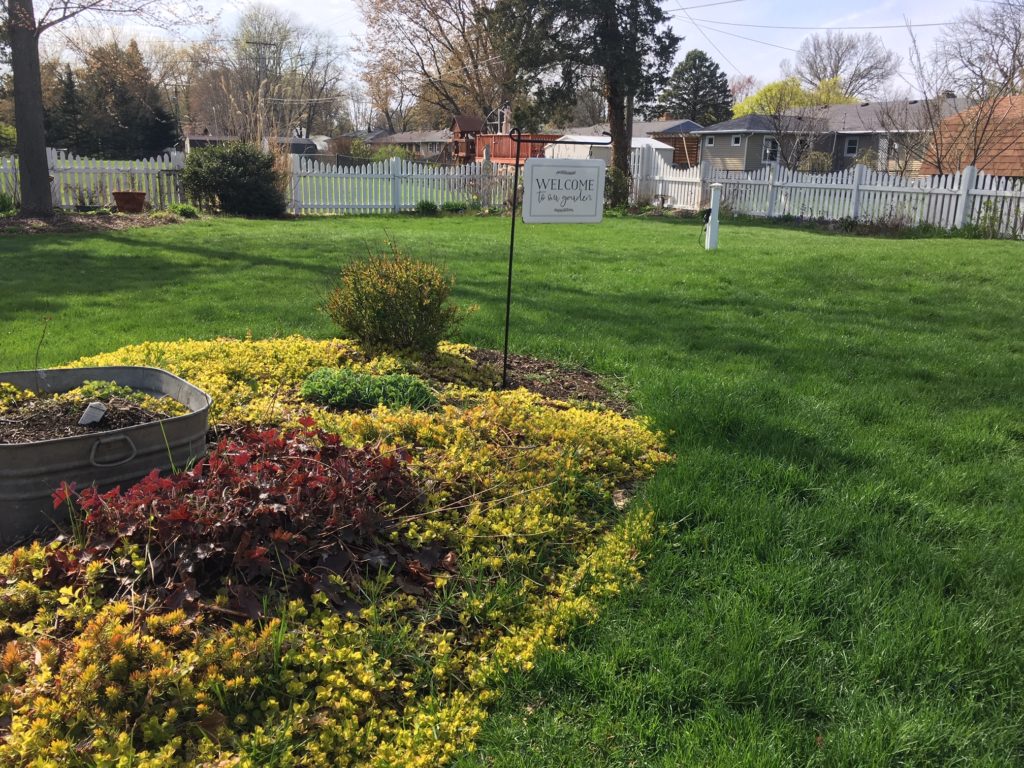
It appears that the Sonic Spike is working. It is now mid-April, and their exit seems complete. Led by some Moses Mole, the clan has entered the promised yard of an unsuspecting neighbor.
I pray their exodus is complete.
It’s a Fine Life.
By Kathleen Oswalt-Forsythe © March 20, 2020

An example of the many spikes found on Amazon.
As an Amazon Associate, I earn from qualifying purchases.
